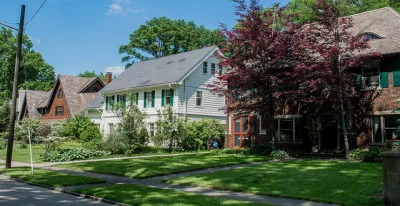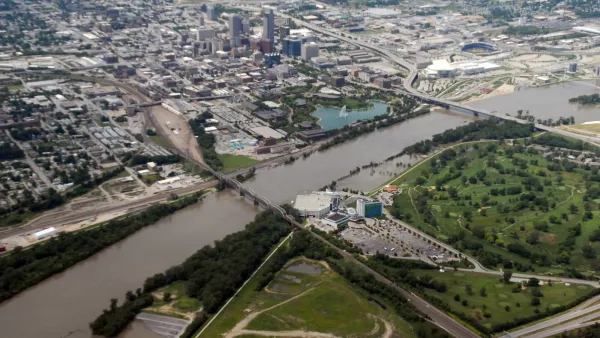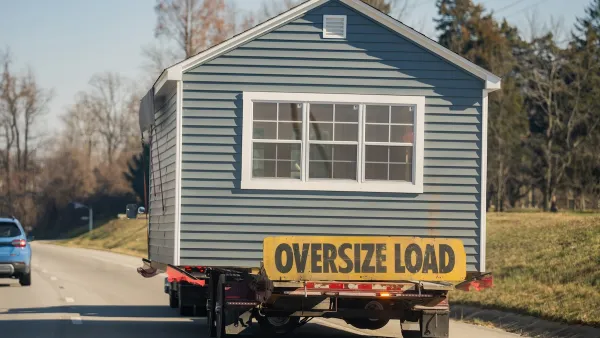A new study shows a troubling reversal of fortunes in many middle-class Black neighborhoods.

A study by Center for Community Progress senior fellow Alan Mallach found alarming rates of decline in the economic growth of Black middle-class neighborhoods in six U.S. cities. As Alan Greenblatt reports in Governing, "Mallach examined more than 300 neighborhoods – all with healthy median incomes in 2000 – and found that a large majority had slipped into poverty by 2018. Fortunes improved in only a handful of neighborhoods; gentrification was barely a factor. In nearly all the neighborhoods, homeownership was down, while vacancy and poverty rates were up."
This troubling trend, writes Greenblatt, has created what Mallach calls "a crisis of non-replacement" that "leads, almost inevitably, to a vicious cycle, sending those neighborhoods into further decline." For better or worse, writes Greenblatt, "the ZIP codes where people grow up determine their trajectory throughout their entire lives," yet Black neighborhoods continue to face discrimination in real estate and public investment. "Homes in predominantly Black neighborhoods are undervalued by $156 billion nationwide, according to the Brookings Institution."
But historically racist policies don't tell the whole story, writes Greenblatt. "Something new has occurred over the past 20 years to drive once-stable neighborhoods into poverty." According to Mallach's study, "[i]n cities where white middle neighborhoods declined, Black neighborhoods declined more. Where white neighborhoods prospered, Black neighborhoods did not share in that prosperity." Greenblatt points to deindustrialization, high unemployment rates, and predatory lending as contributing factors to the decline that occurred in the last two decades.
Two bills now in Congress, the Restoring Communities Left Behind Act and the Neighborhood Homes Investment Act, would create a new grant program and a tax credit aimed at supporting more affordable housing and stabilizing neighborhoods. "There’s no single solution that will work for every struggling neighborhood," writes Greenblatt. "Few will pursue the exact same formula for sprucing up and marketing areas that are on the cusp between growth and decline. But seemingly simple steps can pay major dividends over time, making neighborhoods healthier for residents and more appealing to newcomers."
FULL STORY: Why Black Neighborhoods Continue to Struggle

Analysis: Cybertruck Fatality Rate Far Exceeds That of Ford Pinto
The Tesla Cybertruck was recalled seven times last year.

National Parks Layoffs Will Cause Communities to Lose Billions
Thousands of essential park workers were laid off this week, just before the busy spring break season.

Retro-silient?: America’s First “Eco-burb,” The Woodlands Turns 50
A master-planned community north of Houston offers lessons on green infrastructure and resilient design, but falls short of its founder’s lofty affordability and walkability goals.

Test News Post 1
This is a summary

Analysis: Cybertruck Fatality Rate Far Exceeds That of Ford Pinto
The Tesla Cybertruck was recalled seven times last year.

Test News Headline 46
Test for the image on the front page.
Urban Design for Planners 1: Software Tools
This six-course series explores essential urban design concepts using open source software and equips planners with the tools they need to participate fully in the urban design process.
Planning for Universal Design
Learn the tools for implementing Universal Design in planning regulations.
EMC Planning Group, Inc.
Planetizen
Planetizen
Mpact (formerly Rail~Volution)
Great Falls Development Authority, Inc.
HUDs Office of Policy Development and Research
NYU Wagner Graduate School of Public Service




























